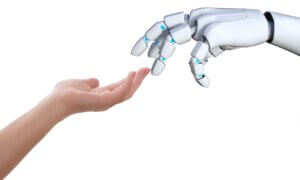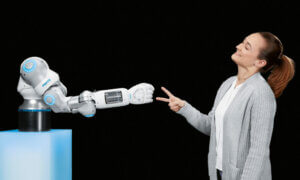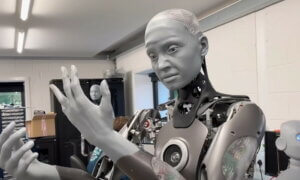The only chance to blend in with humans is to look human-like right? So far, engineers have spared no effort in making androids look as much as possible as humans, even though the uncanny valley is a phenomenon already too real to be denied. But renowned android developer Hiroshi Ishiguro from Osaka University has posed an interesting question: can a robot make us believe it’s a living creature without looking completely human? #machinemagic
Ishiguro and Takashi Ikegami of the University of Tokyo have built Alter to prove or reject this theory. Alter is a robot with a gender-neutral face and arms covered in silicone but with an otherwise mechanical torso, exposing all its parts. We couldn’t confuse it with a human even if we wanted to. But that’s the whole idea – can its movements make us doubt the very nature of Alter?
“With this robot, I want to show that an android does not have to be in the shape of human beings to make something look human,” Ishiguro insists.
So what is so special about this robots’ moves? Alter is running on a neural network that essentially decides what to do in different situations. Several sensors help it to get a sense of the environment, by measuring how bright/humid is the room and what is the distance to its observers. This way, it can move accordingly, believe scientists. The robot is presently exhibited at the National Museum of Emerging Science and Innovation (Miraikan) in Tokyo so that people can interact with it and see it answer back.
“Even if an object is not composed of proteins like a human body, people may still be able to perceive it as a human being,” he said, adding that technology can be applied to make androids more affable. At least, it’s easier to communicate with it through moves, than words.
If you’re in Tokyo this month, don’t miss the opportunity to check it out. The exhibition closes on August 6.
source: Japan Times
Follow TechTheLead on Google News to get the news first.






















